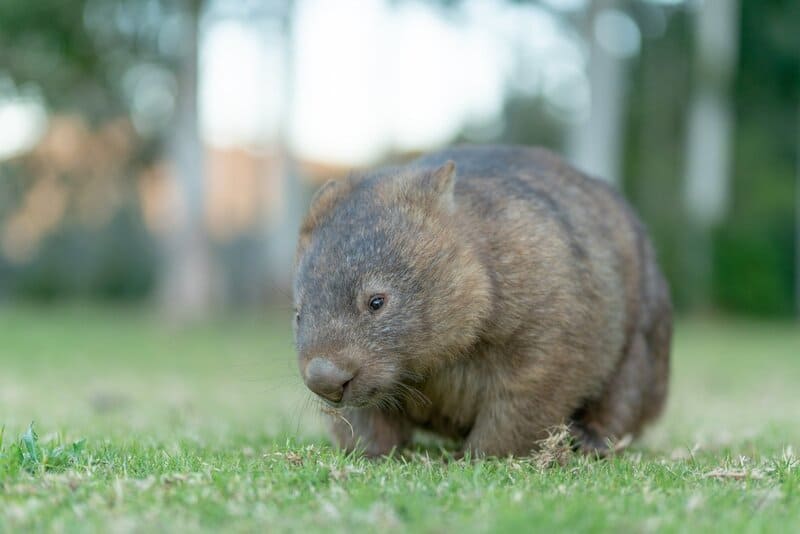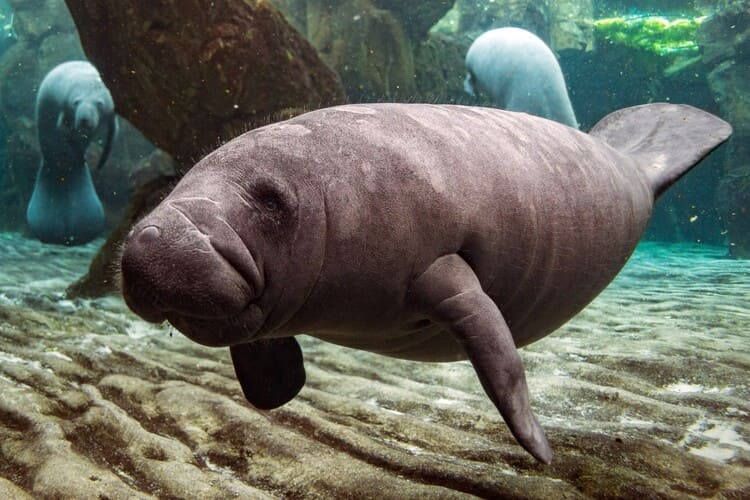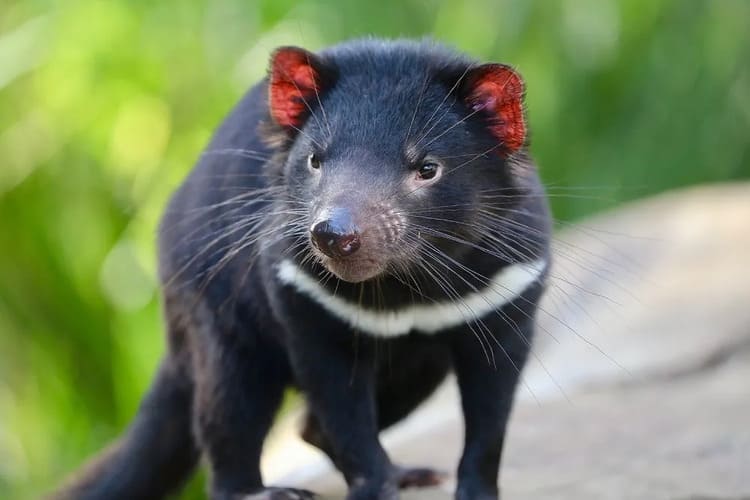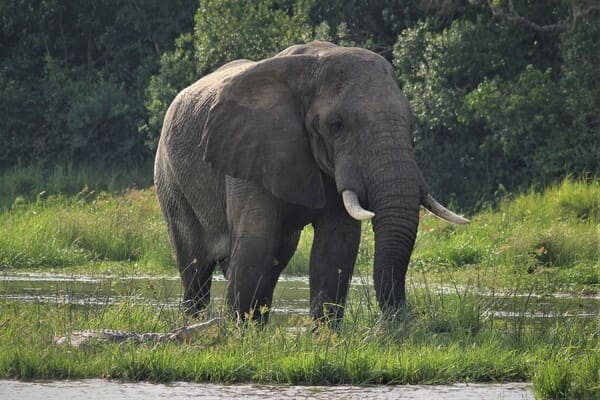Ornithorhynchus anatinus
IUCN
LCBasic Information
Scientific classification
- name:Ornithorhynchus anatinus
- Scientific Name:Ornithorhynchus anatinus,Duck Otter
- Outline:Mammal
- Family:Monotreme Platypus D.Platypus
Vital signs
- length:40-50cm
- Weight:700-2400g
- lifetime:10-15years
Feature
It has a duck-like beak and feet, and a beaver-like body and tail.
Distribution and Habitat
The platypus is only distributed in eastern Australia and Tasmania.
The platypus lives in rivers and lakes, and usually likes to live in caves near water. It often builds its nest on the shore of a swamp or river, with the entrance of the cave underwater, including mountain streams, stagnant or dirty rivers, lakes and ponds. It digs a cave on the shore as a shelter, and the cave is connected to the adjacent water.
Appearance
The platypus is covered with soft, brown, dense, short hair. Its skull is smaller than that of an echidna, and its brain is hemispherical, smooth, and without convolutions. Its limbs are very short, and its five toes have hooked claws. There are thin webs between the toes, which are very similar to duck feet. When walking or digging, the webs are folded in the opposite direction of the palm. It is covered with soft fur all over its body, like a layer of fine waterproof clothing. Its mouth is extremely wide and flat, and is mounted on its head like a mask. It is shaped like a duck's bill, has a soft texture, and is like leather. It is covered with nerves and can receive radio waves emitted by other animals like a radar scanner. The platypus relies on this weapon to find food and identify directions in the water. There are wide keratinous gums in its mouth, but no teeth. Its tail is large and flat, accounting for 1/4 of its body length, and acts as a rudder when swimming in the wate
Details
The platypus is one of the most primitive mammals. It is an incompletely evolved mammal with very few species. The platypus is the only animal in the same genus and is also one of the lowest mammals. In the late 18th century, George Shaw received a platypus specimen and thought that the creature was a product of a prank. He later named it in 1799. The platypus has a duck-like beak and feet, while its body and tail are like a beaver. It appeared 25 million years ago and still lives in Australia today.
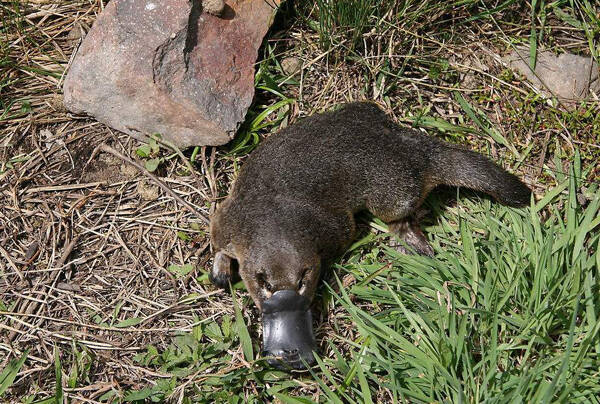
Except for the lactation period, the platypus lives a solitary life throughout its life, spending most of its time in the water, and is an expert swimmer. Its fur has oil, which can keep its body warm in colder water. When swimming, it uses its webbed forelimbs to paddle and its hind limbs to control the direction. It preys on some small aquatic animals living in the river, and uses electrical signals and its tactile-sensitive bill to find food at the bottom of the riverbed. The platypus is a nocturnal creature. It sleeps during the day and is active at night. It is inactive or hibernates in winter.
The platypus likes to eat some small aquatic animals, such as insect eggs, shrimps and worms. It usually hunts crustaceans, earthworms and other animals by the water in the early morning and dusk. However, the platypus does not have sharp teeth like mammals. Every time it catches food in the water, it hides it in its cheeks, then floats to the surface and uses the jaws in its mouth to clamp up and down before eating it. The platypus has a large appetite and consumes food equal to its own body weight every day.
The platypus is undoubtedly one of the most bizarre-looking animals on Earth: a fat body, a flat tail and a mouth, and those cute little eyes seem to say, "I would never hurt anyone." The platypus has two outstanding features. The first is its duck-like mouth, which gives it a sensitive hunting skill, similar to hammerhead sharks, which can dig prey out of the mud; the second is a pair of hollow bones about 15 mm in length on the back of the platypus' legs. The bones contain a mild toxin that can be quickly ejected to the enemy. The venom can kill small animals and is not fatal to humans, but it can cause severe pain and last for weeks or even months.
The platypus is one of the very few mammals that uses venom to defend itself. There is a hollow thorn on the back of the knee of the male platypus, which releases venom when it jabs its hind legs at the enemy. Platypuses secrete poison to show their dominance during mating season. Male platypuses secrete toxins through small barbs on the underside of their feet. Platypuses have only three toxins that are unique to them, and the rest are found in other animals, such as starfish, sea anemones, spiders, snakes and lizards. The 83 different toxin genes can be classified into 13 different gene families. Different combinations of these toxins can cause symptoms such as inflammation, nerve damage, muscle contraction and blood clotting, which can be fatal. Encountering a platypus in the wild should never be taken lightly.
Spring is the season for platypuses to give birth to their young. During the breeding season, adult platypuses use the wide nails on their front feet to dig a special hole on the river bank. Females dig a 16-meter-long ravine hole, which is covered with wet grass and contains one or more small nests. Platypuses chase and mate in the water. Platypuses lay eggs in the nest, 2 to 3 eggs at a time. The eggs are smaller than sparrow eggs and stick together. After two weeks of incubation, the platypus is born. The hole is blocked during the incubation period, and the hatched platypus is not fully developed. The platypus has neither a pouch nor nipples. The bundled mammary glands open directly to the mammary gland area of the abdomen. The young use their retractable tongue to drink milk from the mammary area. The lactation period is about five months. After four months of breastfeeding, they can go out to find food on their own. They are considered adults when they are more than two years old, and their life span is generally 10 to 15 years.
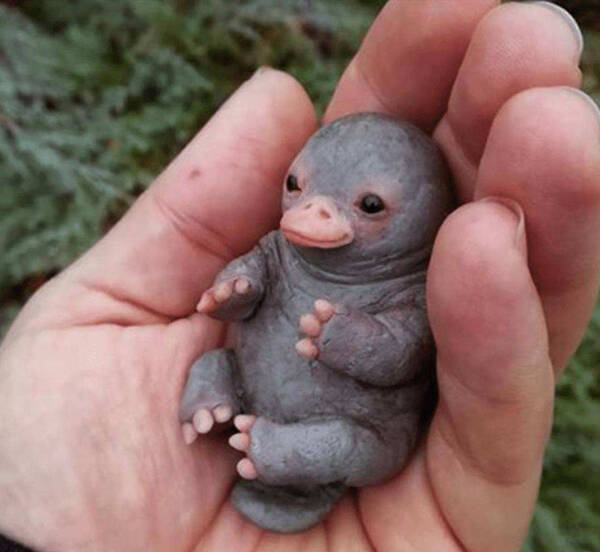
The platypus is a mammal. Although the mother also secretes milk to feed the young, it is not viviparous but oviparous. That is, the mother lays eggs, which are incubated by the mother's temperature like birds. The mother has no breasts or nipples, but secretes milk on both sides of the abdomen, and the young lie on the mother's abdomen to lick. The juvenile has teeth, but the adult gums are toothless and replaced by horny plates that can grow continuously. The front occlusal surface of the plate forms many raised horizontal ridges, which are used to crush the shells of mollusks such as shellfish and snails, or chop other food. The horny plate at the back is flat, and the flat uvula opposite the plate has an auxiliary "chewing" effect. Poisonous egg-laying mammal.
Together with Ollie (laughing kookaburra) and Millie (echidna hedgehog), it is the mascot of the 2000 Sydney Summer Olympics in Australia. Syd the platypus represents the spirit and vitality of Australia and the Australian people. In addition, the platypus has become a symbol of Australia and is often used as a mascot for national activities. The reverse side of the Australian 20-cent coin is a platypus in the water.
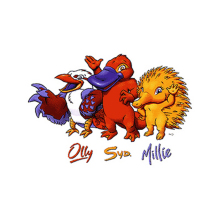
In February 2019, two marine reptile fossils with similar predation methods to the living platypus were discovered in Hubei, China for the first time. They are the Carlodon's fan-paddle dragons that lived in the Early Triassic, about 248 million years ago, and their heads are very similar to those of platypuses. This discovery is of great significance for studying the formation process of modern marine ecosystems.
The platypus is of great academic significance. After millions of years, it has neither become extinct nor evolved much. It has always been in the "transitional stage" and is full of mystery. This animal is only found in Australia, but due to the pursuit of specimens and precious fur, the population has been severely depleted due to years of overhunting, and it was once in danger of extinction. Due to its uniqueness and rarity, it has been listed as an internationally protected animal. The Australian government has formulated protection regulations.
Listed in the "Red List of Endangered Species of the World Conservation Union" (IUCN) 2014 ver 3.1-Near Threatened (NT).
Protect wild animals and stop eating game.
Maintaining ecological balance is everyone's responsibility!

